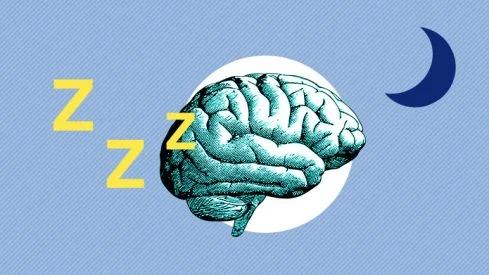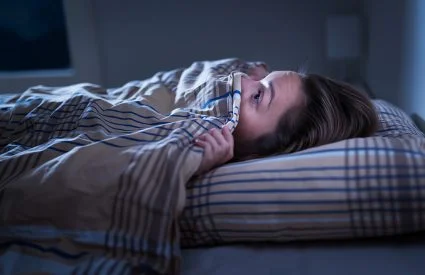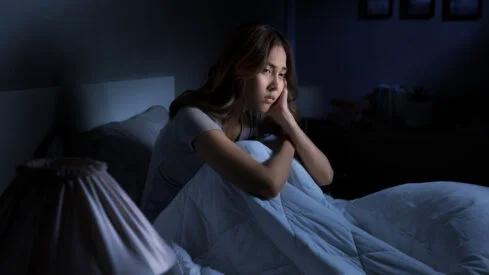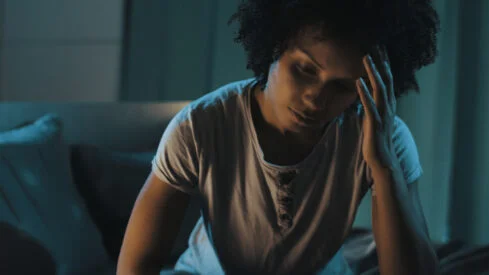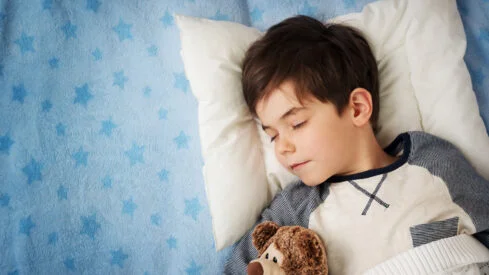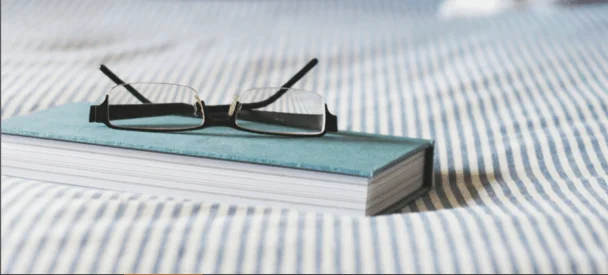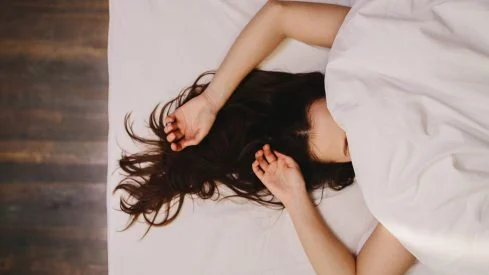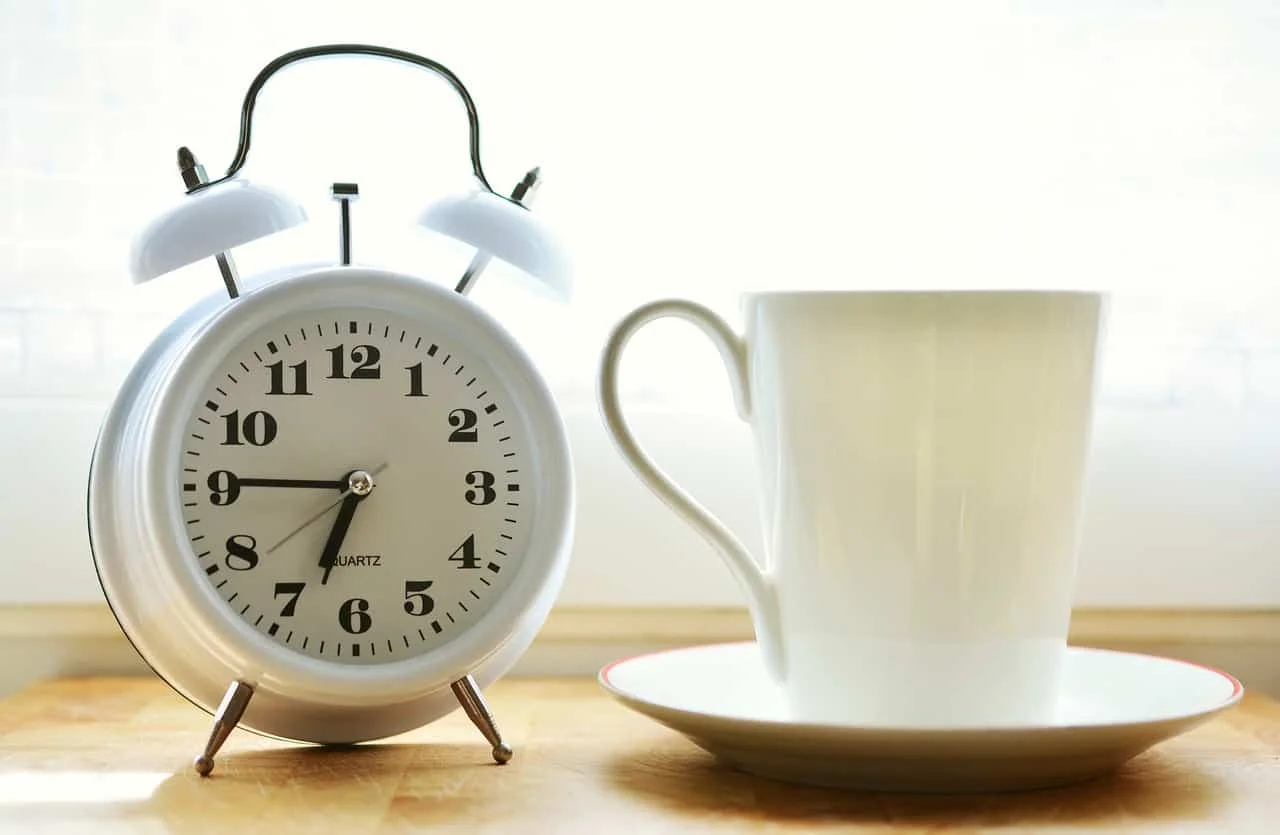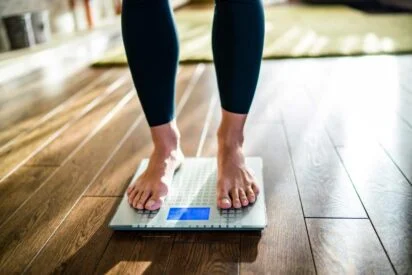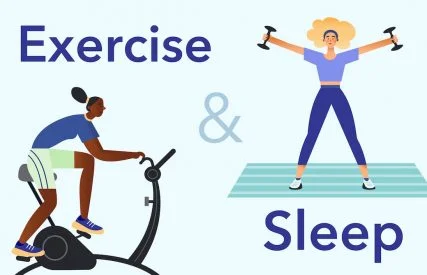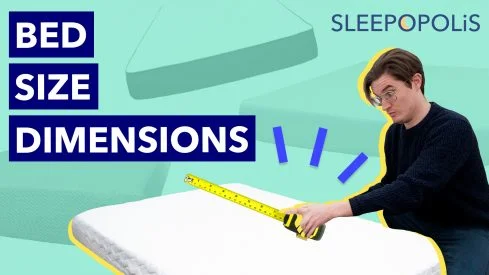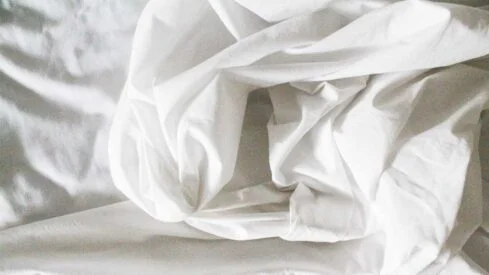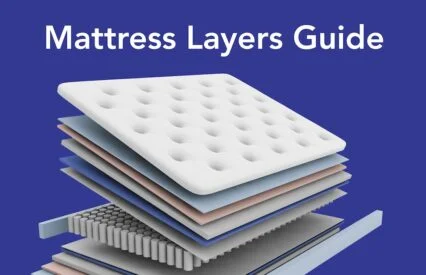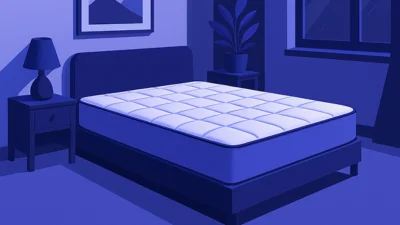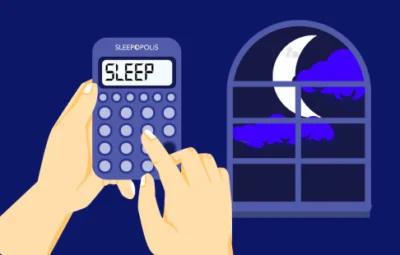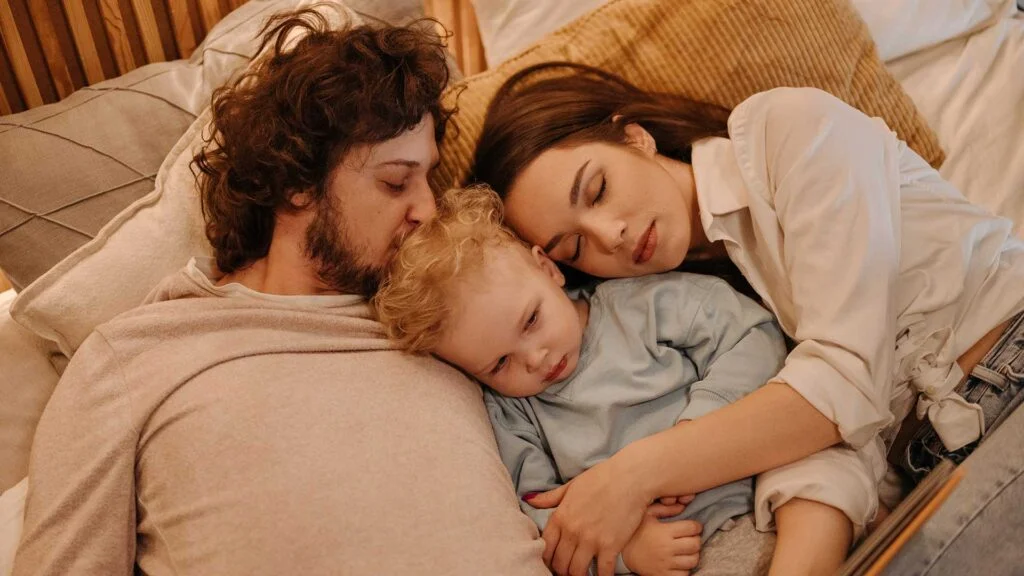
We are told to put babies on their backs in flat, empty cribs or bassinets, away from plush blankets and their parents. But, multiple research studies have shown that between 50-80 percent of breastfeeding parents, depending on the location and cultural norms, end up bringing their babies into their beds at some point (1). As any parent knows, babies who are sleeping already after a nursing session rarely want to be put down, creating a bit of a conundrum for parents trying to follow the “ABC’s” of co-sleeping (Alone, Back, Crib) and similar, widely touted as the safest route by large health organizations.
Many cosleeping parents know the basics, such as ensuring nobody is under the influence of drugs or alcohol, blankets and pillows are removed, and the baby isn’t face down on a squishy mattress. But one mom encountered a scary lesser known risk when her baby’s neck got a piece of the mom’s hair wrapped around her neck during co-sleeping. An Arkansas-based 1-year-old nearly died after the mother awoke to her hair being pulled and the 1-year-old screaming. KFVS12 reports that a family member used a knife to free the hair (2). The baby was sent to the hospital but survived. Their report also points to the 3,500 infants that die from sleep-related deaths each year, though they weren’t all directly tied to co-sleeping.
Tiffany Belanger, a safe co-sleep educator with CoSleepy, has addressed this very issue with clients and on her blog. She tells Sleepopolis that parents need more education, not “abstinence only” education when it comes to cosleeping.
“Modern parents are going to cosleep. Full stop. So whether they do it once or every single night for months on end, they need to know how to do it safely.”
She says this additional education would actually solve the problem of accidents such as this happening.
“What would have happened if this mother from the news story had been given a handout when she was discharged from the hospital that went over the safe bed sharing guidelines — including the one about tying long hair back? I’m sure she had no idea that her long hair was a hazard. And that’s not her fault.”
She points to three specific resources for parents to consider when they think through the details of cosleeping safely: La Leche League, Dr. James McKenna’s guidelines, and BASIS.
And about those pesky hairs — moms should know that they are more prone to hair loss in postpartum months in response to hormone changes. This is why Belanger’s blog is called “Make a new scrunchie one of your first bed-sharing tools.” Some parents might even consider having a hair remover like NAIR around in case of emergencies, and often check their baby’s fingers, toes, and necks for hairs cutting off circulation.
“Until a baby is able to move their head on command or roll their body away from hair that falls on their face, they’re at risk. Only when your baby reaches that developmental milestone can you leave your hair down with a clear conscience,” she wrote.
Sources
1. Basis Online, “Parents’ Bed,” https://www.basisonline.org.uk/parents-bed/
2. DeMarrais, Griffin; Gartner, Jordan; “Co-sleeping dangers: Infant nearly dies after getting mother’s hair wrapped around neck,” KFVS; https://www.kfvs12.com/2023/12/15/co-sleeping-dangers-infant-nearly-dies-after-getting-mothers-hair-wrapped-around-neck/; December 15, 2024.
Belanger, Tiffany; Author interview. December 2024.
